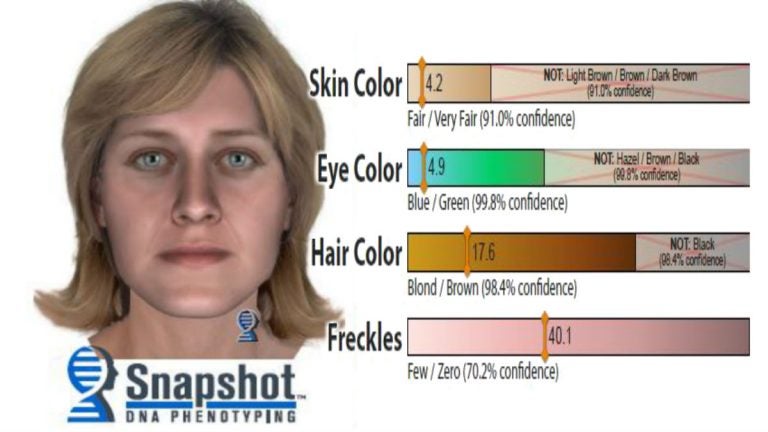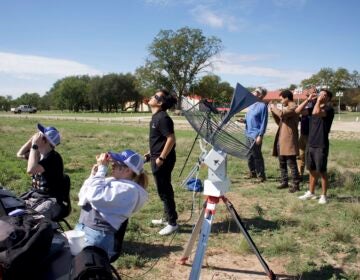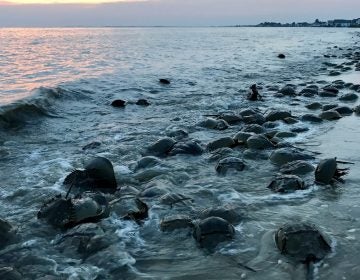DNA technology could help solve decades-old Delaware case
New Castle County Police hope a lifelike composite image of the woman will lead them to family members and eventually solve the decades-old cold case.

DNA phenotyping helped scientists create a composite of an unidentified woman whose body was found in 1977. (New Castle County Police)
DNA technology could finally solve the mystery of a woman whose remains were found in a drainage ditch in Townsend in 1977.
DNA phenotyping has predicted the physical appearance and ancestry of the victim. Now, New Castle County Police detectives hope a lifelike composite image of the woman will lead them to family members and eventually solve the decades-old cold case — one of 47 in its files.
“We’re hoping to put a name with the victim. We were able to tell she did have children at one time, so we’re hoping to find out if she does have family out there,” said public information officer Sgt. Heather Carter. “Maybe give them some answers, give them closure on what happened, give this victim a proper burial.
“And the detectives’ case doesn’t stop there — once they find her, they still have to continue to investigate to find out what happened to her and how she became a victim of a homicide.”
The Snapshot DNA Phenotyping Service was conducted by Parabon Nano Labs in Virginia. Scientists used a CT scan of the victim’s skull and DNA extracted from the victim’s bones to predict her ancestry, eye color, hair color, skin color, freckling and face shape. Based on the information, the composite of a 48-year-old woman with blond hair and blue eyes was created.
When the case first opened, the only information detectives had was that she was white, possibly with blue eyes and blond hair, who had been deceased about one or two months prior to the discovery of the body.
“The reason why this technology is so different is it extracts the actual physical DNA from the victim’s bones and gives with almost certainty her hair color, eye color, skin color, genealogical background and makeup, which allows us to put a more lifelike picture to the victim,” Carter said.
Anyone with information on the woman’s identity can contact Crime Stoppers at (800) TIP-3333; email Detective Brian Shahan at BShahan@nccde.org or call 302-395-2781; or email retired Sgt. Glenn Davis GLDavis@nccde.org or call 302-395-8216.
WHYY is your source for fact-based, in-depth journalism and information. As a nonprofit organization, we rely on financial support from readers like you. Please give today.





